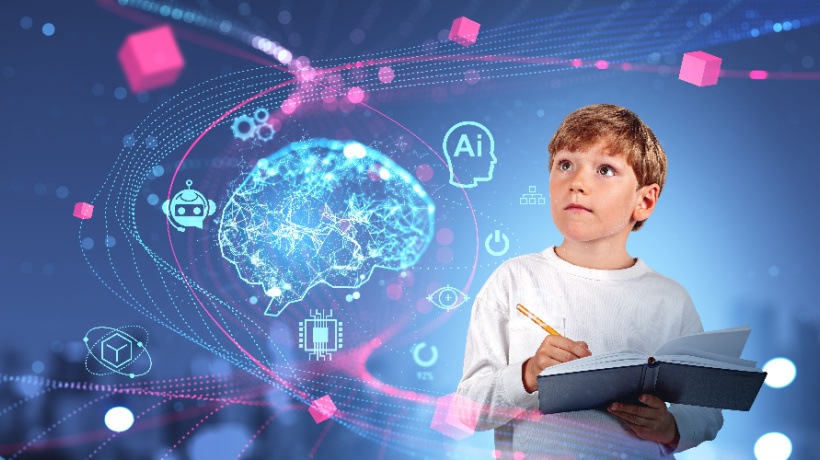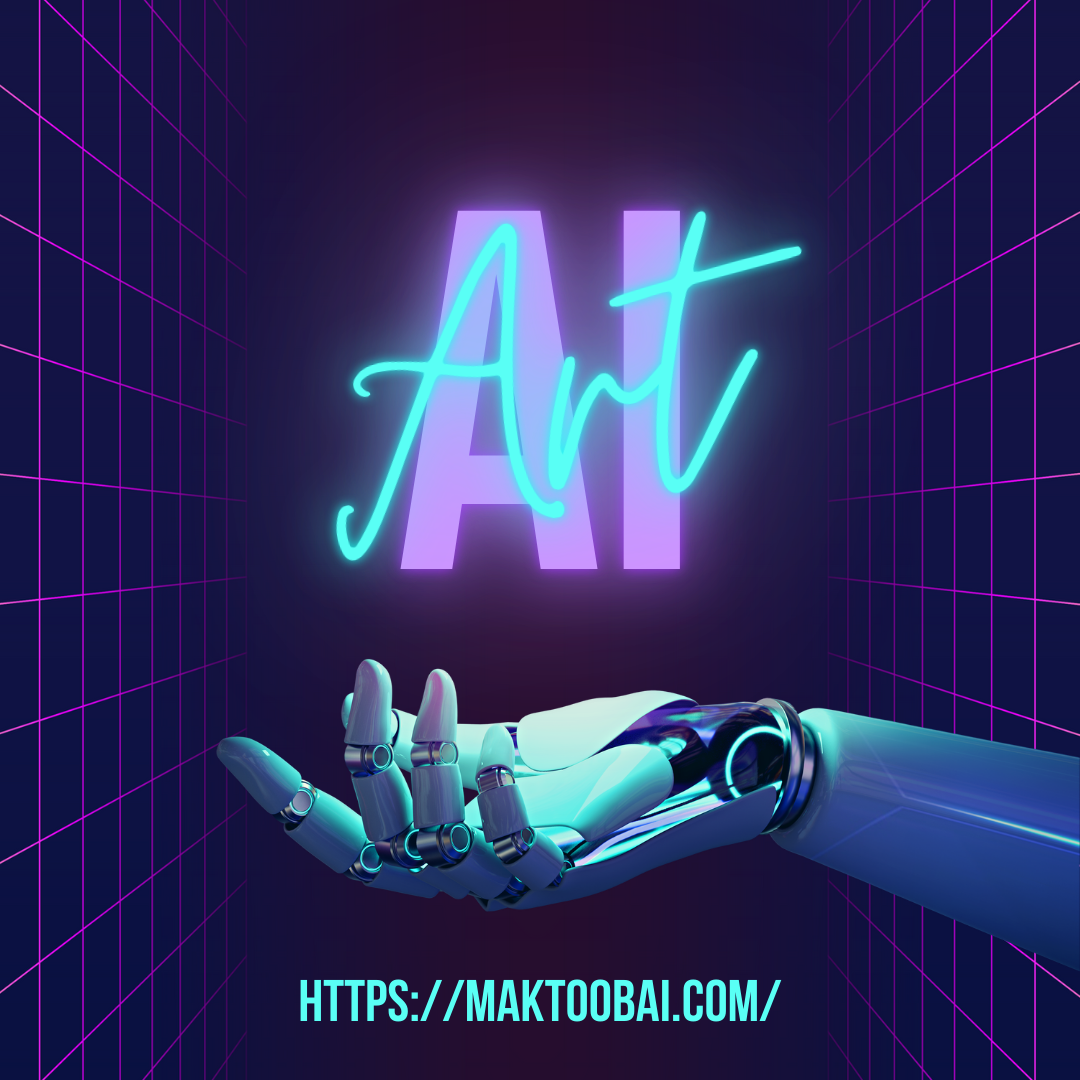Artificial intelligence (AI) has emerged as a powerful tool with the potential to revolutionize various sectors, including education. One of the most significant ways AI is transforming education is by promoting inclusivity and accessibility. By leveraging AI technologies, educators, institutions, and governments can bridge the gaps in traditional learning systems, offering personalized, adaptive, and inclusive educational experiences to all students, regardless of their backgrounds, learning styles, or abilities.
Breaking Barriers to Access
Access to quality education remains a significant challenge in many parts of the world. Socio-economic factors, geographical barriers, and inadequate infrastructure have long hindered equitable access to education. AI can help mitigate these challenges by providing solutions that transcend these limitations.
One key example is AI-driven online learning platforms. These platforms allow students in remote or underserved regions to access world-class educational content. Coursera, Khan Academy, and similar platforms offer courses that are enhanced with AI tools like chatbots, automated feedback systems, and virtual tutors, making learning more accessible to individuals who may otherwise lack educational opportunities. In addition, these platforms can be accessed through mobile devices, providing greater flexibility and overcoming infrastructure limitations.
AI can also help reduce the digital divide by offering support in multiple languages and ensuring that educational resources are available to non-native speakers. Language translation tools powered by AI, such as Google Translate or Microsoft’s Translator, are becoming increasingly accurate and can facilitate learning in diverse linguistic environments. This allows students to access materials in their native language, ensuring that language barriers do not stand in the way of their educational journey.
Personalized Learning for Diverse Needs
Every student learns differently, and traditional educational models have often struggled to cater to diverse learning styles and needs. AI is changing this by enabling personalized learning experiences that adapt to individual students’ strengths, weaknesses, and learning paces.
AI-driven adaptive learning systems can analyze student data to determine their unique learning patterns. Based on this analysis, these systems can tailor content and provide customized learning pathways that suit each student. For example, a student struggling with math might receive additional practice problems, while another student excelling in reading could be presented with more advanced material. This ensures that each student is challenged appropriately without feeling overwhelmed or bored.
AI-powered tutoring systems like Carnegie Learning’s MATHia or DreamBox offer one-on-one instruction that adjusts based on student performance in real-time. These tools are particularly useful for students with learning disabilities, as they can offer individualized support and feedback that might be difficult to provide in a traditional classroom setting.
Furthermore, AI can assist educators in identifying at-risk students who may need additional support. By analyzing patterns in student behavior, such as declining grades or engagement levels, AI can flag these students early on and prompt interventions. This proactive approach ensures that students receive the help they need before falling too far behind.
Empowering Students with Disabilities
Perhaps one of the most transformative impacts of AI in education is its ability to support students with disabilities. AI-powered assistive technologies can make learning more inclusive by accommodating a wide range of physical, cognitive, and sensory needs.
For visually impaired students, AI can facilitate access to educational content through screen readers and voice recognition software. Tools like Apple’s VoiceOver or Microsoft’s Seeing AI enable students to interact with digital materials using audio descriptions and voice commands, making it easier for them to engage with coursework independently.
Similarly, AI-driven text-to-speech and speech-to-text applications help students with hearing or speech impairments. These tools convert spoken language into written text and vice versa, ensuring that students with auditory challenges can participate in classroom discussions and assignments without barriers. Additionally, AI systems that utilize facial recognition and sign language interpretation are being developed to enhance communication for deaf students, fostering a more inclusive learning environment.
Students with learning disabilities, such as dyslexia, can benefit from AI-based tools that assist with reading comprehension and writing. Grammarly, for example, uses AI to provide real-time grammar and style corrections, while tools like Ghotit assist individuals with dyslexia in writing more clearly and effectively. These technologies give students the confidence and skills to engage in academic tasks without feeling limited by their disabilities.
Supporting Educators in Inclusive Teaching
AI is not only transforming the student experience but also empowering educators to deliver more inclusive and accessible instruction. Teachers can use AI-driven analytics to monitor student progress, identify learning gaps, and adjust their teaching strategies accordingly. This allows educators to provide targeted support to students who may need extra help or to challenge those who are excelling.
Moreover, AI can automate time-consuming administrative tasks such as grading and lesson planning. By freeing up teachers’ time, AI enables educators to focus more on fostering meaningful interactions with their students and on creating inclusive classroom environments. AI-driven tools can also help teachers access resources for differentiated instruction, ensuring that they are equipped to meet the needs of all learners, including those with disabilities or language barriers.
Conclusion
AI holds the potential to reshape the landscape of education, making it more inclusive, accessible, and tailored to the needs of individual learners. By breaking down barriers to access, personalizing learning, empowering students with disabilities, and supporting educators, AI is playing a crucial role in creating a more equitable education system. As AI technology continues to advance, it is essential that educators and policymakers harness its potential to ensure that no student is left behind, regardless of their circumstances or abilities.


